Mortal Kombat: Annihilation is a bad movie. It is a very bad movie.
However, bad movies are often revealing. Part of this is down to their inherent artlessness. It’s easy to get swept up in a well-constructed film and to miss the larger designs at work within it. To use a familiar metaphor, filmmaking is like magic. The key to the construction of a good trick is that the audience never sees the wires. In contrast, with bad films, there’s nothing for the audience to do but stare at wires. There’s a bizarre honesty to misfires like Terminator Genisys.
Cinematic video game adaptations are notoriously variable in quality. Part of this is mechanical, down to things like ludic elements, the reality that watching a story unfold on screen will always be different from shaping that narrative through gameplay. This is particularly true when adapting something like a fighting game, where there’s a fundamental difference between watching and playing. Adaptation across media is hard. It is not a direct or literal process.
Paul W.S. Anderson’s Mortal Kombat is not necessarily an all-time classic, but it is a film constructed with an understanding of what it is doing and how best to do it. Anderson has talked about how he played Mortal Kombat in arcades long before he got involved with the movie, and a large part of the success of Anderson’s Mortal Kombat is in the attempt to replicate the feeling of playing the video game, rather than aiming for complete textual fidelity to the source material’s continuity or canon.
Anderson understands what’s important in Mortal Kombat because it’s what was important to the game. It’s important for Johnny Cage (Linden Ashby) to do the “ball-breaker” because the dev team took care to animate specific character reactions to it. It’s important for Goro (Tom Woodruff, Jr. and Kevin Michael Richardson) to look like a Ray Harryhausen special effect because the dev team drew from movies like Jason and the Argonauts and Clash of the Titans in designing him.
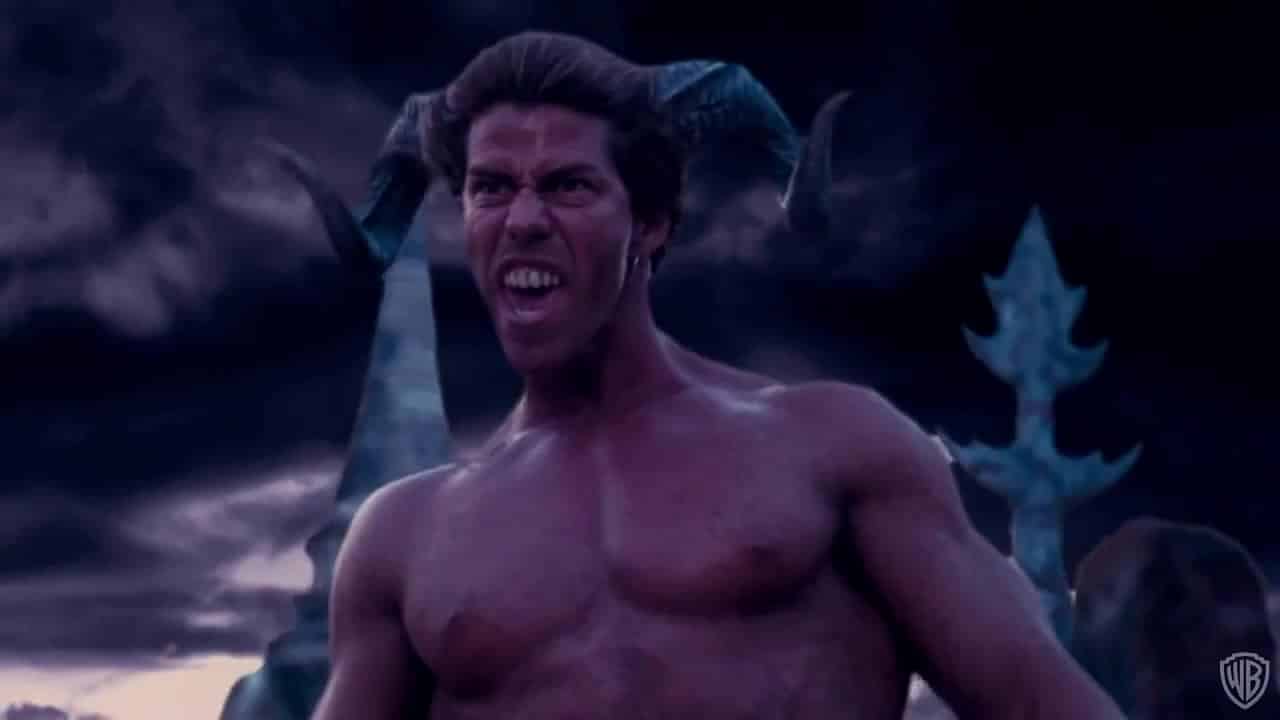
Anderson’s priority is constructing a movie that is functional as a vehicle for delivering those moments. The basic plot of Mortal Kombat is a direct lift from B-movie classics like Enter the Dragon and Bloodsport. Things happen in the movie that did not happen in the game because they’re necessary for the film to function, such as the death of random supporting characters to establish stakes around villains like Shang Tsung (Cary-Hiroyuki Tagawa) and Goro.
Mortal Kombat grossed over $120M on a $20M budget. While reviews were not ecstatic, they were stronger than for contemporary video game adaptations like Super Mario Bros. or Double Dragon. A sequel was greenlit. Anderson opted to direct Event Horizon, so Mortal Kombat cinematographer John R. Leonetti was tapped to direct. The budget for the sequel was increased to $30M. Much was made of how the film would feature 300 completely digital shots, about 100 more than the original.
Mortal Kombat: Annihilation is a stunningly shoddy film. The script, most of the performances, the editing, the production design, and the special effects are terrible. The plot makes no sense and invites weird questions. Why does Motaro (Deron McBee) wear a codpiece on the front of his horse body? What exactly is up with Shao Kahn’s (Brian Thompson) evil plan to trap the heroes? When we first meet Jax (Lynn Williams), why is he tied to a bed in an abandoned medical facility?
While it would be easy to spend an entire article contemplating these questions and more, the clumsiness of Mortal Kombat: Annihilation is primarily interesting in that it reveals the mechanics of what the studio was attempting. Annihilation is an unforgivably bad movie, but it is also a somewhat prophetic movie. Watched more than two decades after the original release, there’s a surprising amount of the modern blockbuster to be found in Annihilation, executed without any skill whatsoever.
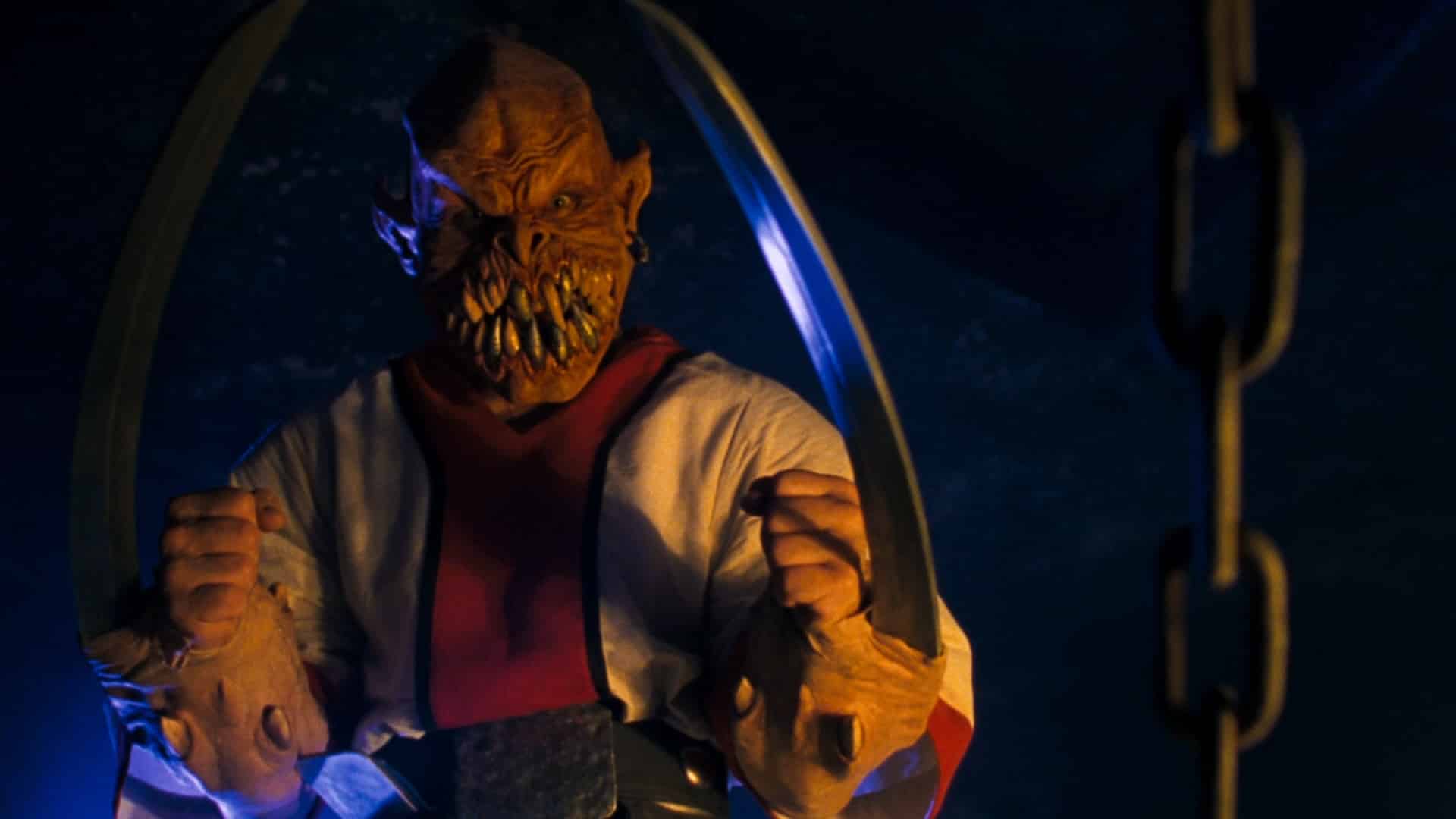
This is most obvious in taking a big picture look at Mortal Kombat and Annihilation. What are these movies about? What’s the driving force? Neither offers a particularly interesting narrative in itself, but Mortal Kombat was designed with a framework that could support what Anderson wanted to do with the movie. Liu Kang (Robin Shou) and Sonya Blade (Bridgette Wilson) are both motivated by the death of family and friends, giving them clear personal motivations to get them through the film.
In contrast, while Annihilation opens with the death of Johnny Cage (now played by Chris Conrad), the movie quickly becomes a jumble of weird competing motivations and themes that are at once incredibly generic and needlessly convoluted. Annihilation is perhaps most interesting as a movie about Raiden’s (James Remar) midlife crisis, in which he becomes a new man, suffers some performance issues, gets a new haircut, and starts hanging out with people much younger than him.
It frequently seems like nobody has any idea what Annihilation is about. Characters get weird arcs lifted directly from self-help books. Sonya (now played by Sandra Hess) learns to trust other people. Jax learns that real strength doesn’t come from cyborg arms, but from self-confidence. The film communicates this by having characters literally state these arcs to one another at the climax. “So you finally got your confidence back, huh?” Sonya asks. Jax replies, “Finally asked for help, huh?”
If Mortal Kombat: Annihilation has a core theme — that’s a big if — it is about “family,” especially found family. The film is about the heroes accepting one another as family. Raiden helpfully states this in the movie’s final line, “You’re a family now.” Raiden’s arc involves him rejecting his biological family for his found family. “I offer you one final chance to return to my side, Raiden,” taunts his father Shinnok (Reiner Schöne), “to rule all realms with your family.” Raiden gestures to the human heroes. “They are my family.”
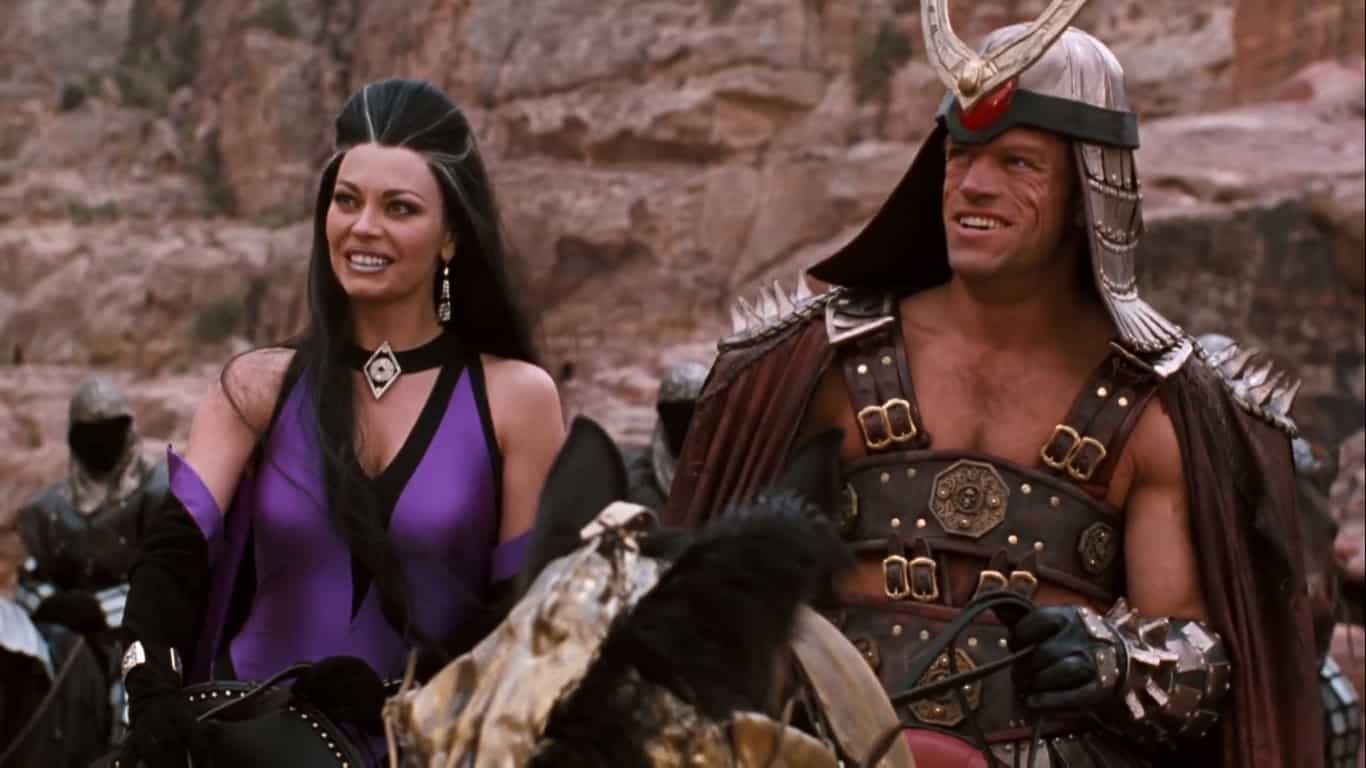
Of course, there’s no reason why a Mortal Kombat movie should be about these themes. After all, while self-confidence is great, one imagines that the core appeal of giving Jax metal arms in a Mortal Kombat movie is that he might use them to punch a giant horse man in the codpiece that he is inexplicably wearing on his horse chest. The theme of family is a similarly awkward fit in a movie based on a fighting game so graphic that it contributed to the creation of a video game ratings system.
These thematic choices make more sense as the product of a generic approach to these sorts of blockbusters. After all, “self-actualization” is one of the most universal themes in broad blockbuster movies. More than that, modern cinema has come to be dominated by movies that are about the theme of family. It’s the DNA that links everything from the Fast & Furious franchise to the Guardians of the Galaxy movies to Deadpool 2 to Bohemian Rhapsody.
There are lots of reasons why modern blockbusters trend towards family as a theme. It’s universal, it’s recognizable, it’s apolitical. It’s a nice catch-all theme, one that imbues a work with the weight of theme without any of the burden of figuring out something more specific. Even if the execution is terrible, Mortal Kombat: Annihilation taps into this idea of found family as a hook to anchor a blockbuster that really has nothing else to say.
The villains spend a lot of Annihilation describing Outworld’s invasion of Earthrealm as a “merger,” suggesting the dry and cynical calculations of brand middle management as opposed to any tangible sense of threat. “Father, the merger has begun!” Shao Kahn boasts early on, as if he can’t wait to get his hands on Earthrealm’s accounts. At one point, Jax complains, “You keep talking about mergers and realms and all that, but it don’t mean squat to me, all right?” It’s hard to disagree.
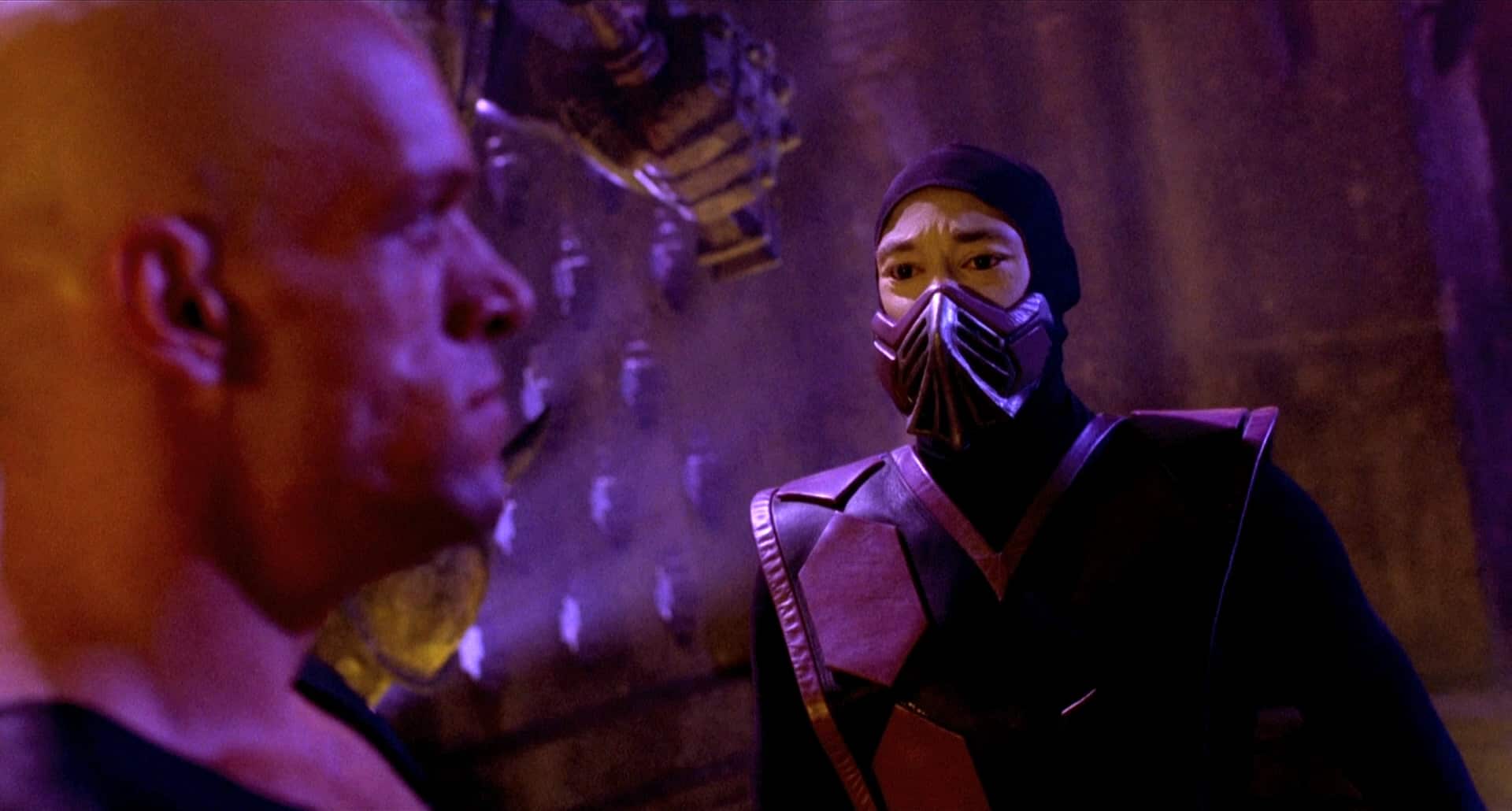
However, this is not the only reason that Mortal Kombat: Annihilation feels like a misshapen prototype for a generation of blockbusters that would follow. In many ways, Annihilation feels like the first true “fan service” blockbuster, a film adapting a property from another medium without any real understanding of the art of adaptation or the work being adapted. It seems to have been shepherded through production with the assumption that audiences will just show up for things that they recognize.
While the original Mortal Kombat took liberties in adapting the source material into film, Annihilation is saturated with references to the lore. Mortal Kombat features about a dozen characters from the video game. Annihilation features 22 characters from the video game and dialogue referencing two more that didn’t make the cut. That’s about one character every four minutes, allowing for the opening and closing credits.
None of these characters make any real sense. Sub-Zero (Keith Cooke) and Scorpion (J.J. Perry) show up for a single scene as the franchise’s most popular characters, and then they disappear never to be seen or referenced again. However, this is all built on the understanding that the audience wants to see these characters and wants to see a film adaptation that ports as much of the mythology over as directly as possible.
Mortal Kombat: Annihilation shows its work. While Mortal Kombat included a shout-out to Johnny Cage’s “ball-breaker,” Annihilation bleeds references to particular character move sets. Kitana suddenly has her bladed fans. Johnny Cages does a variation on his shadow kick. Shao Kahn employs an example of his shoulder charge. Sub-Zero even uses his ice clone move. The climax of Annihilation hinges on the use of animalities, which had been introduced in Mortal Kombat 3.
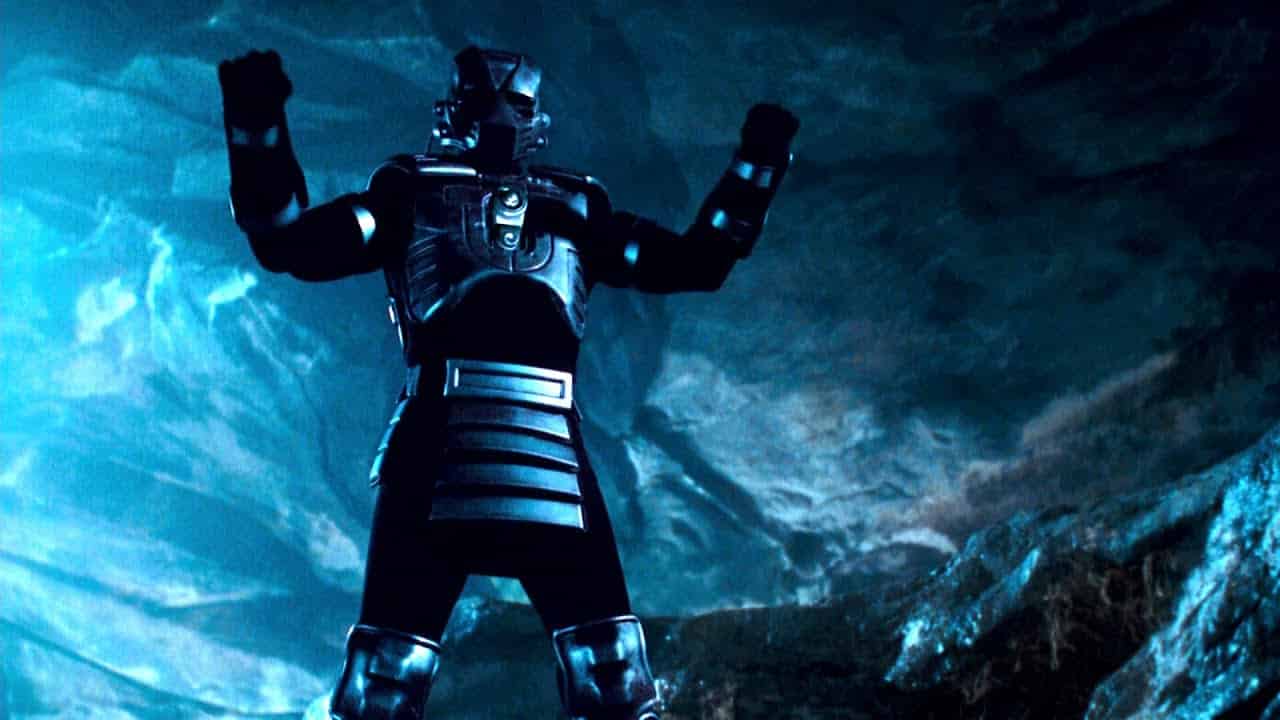
The assumption underpinning all of this is that fans will respond to any attempt to cram as much of the source material into a feature film as possible, without any real effort to integrate these elements into a satisfying film. Annihilation believes that fan service is enough in and of itself. In this sense, it feels like a testing ground for the approach that certain studios would adopt during the superhero boom that would follow. This approach confuses fan service and reference for quality.
Movies like X-Men: The Last Stand and Spider-Man 3 are packed with fan service and reference. The Last Stand is an adaptation of both the Dark Phoenix Saga and Gifted and is populated by a variety of unnecessary characters and weird fan service. Venom (Topher Grace) only appears in Spider-Man 3 because producer Avi Arad begged director Sam Raimi to “listen to the fans” and incorporate the character, even if he didn’t fit into the movie.
To be fair, fan service isn’t inherently bad. It’s possible for a skilled creative team to pull off this sort of fan service in a way that doesn’t feel as transparently cynical in its efforts to capitalize on an intellectual property that they don’t necessarily understand. Both Avengers: Infinity War and Endgame are saturated with fan service and references, deep cuts, and in-jokes. The problem arises when those elements are treated as an end unto themselves.
The logic behind this approach is transparent: It’s from the source material, fans want it, it should be in the movie. It doesn’t matter that the idea might not work without a narrative framework to support it, doesn’t fit with this approach to the concept, or that telling a story in one medium is fundamentally different from experiencing it in another. Two decades later, Annihilation looks like a crude and misshapen prototype for the worst impulses of the modern intellectual property boom.
Mortal Kombat: Annihilation is a terrible film, but an instructive one.

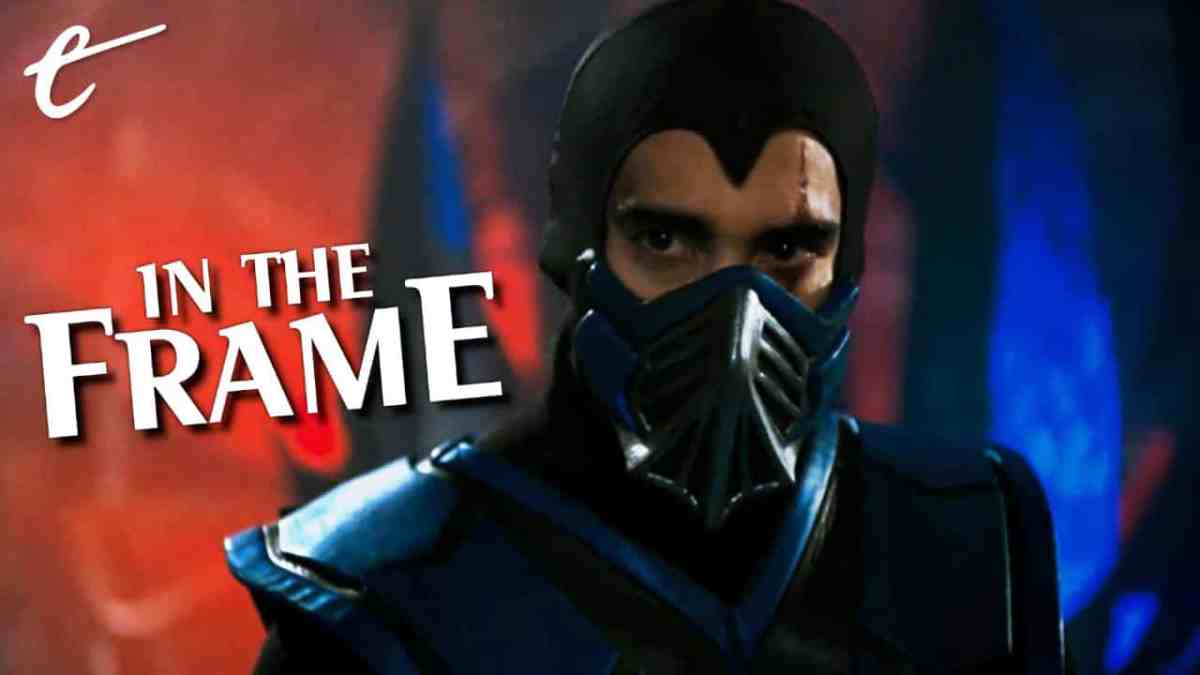




Published: Apr 26, 2021 11:00 am